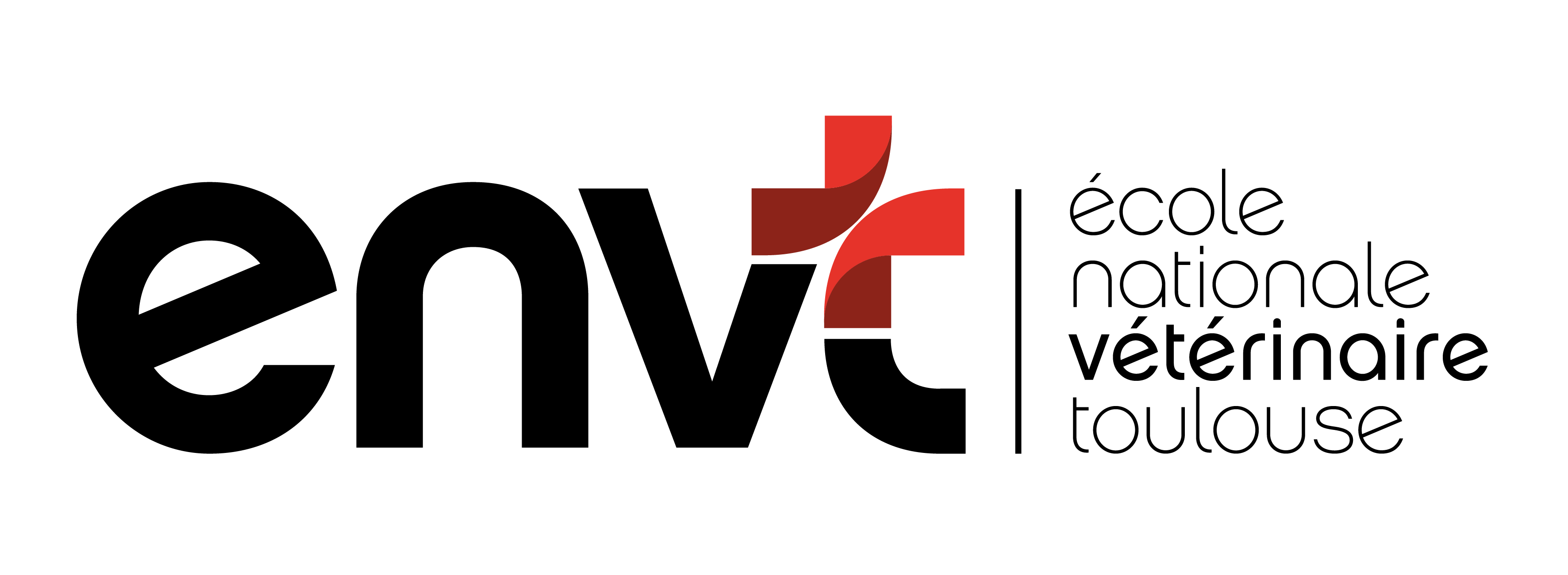Combining genomics and semen microbiome increases the accuracy of predicting bull prolificacy
Résumé
Abstract Commercial livestock producers need to prioritize genetic progress for health and efficiency traits to address productivity, welfare, and environmental concerns but face challenges due to limited pedigree information in extensive multi‐sire breeding scenarios. Utilizing pooled DNA for genotyping and integrating seminal microbiome information into genomic models could enhance predictions of male fertility traits, thus addressing complexities in reproductive performance and inbreeding effects. Using the Angus Australia database comprising genotypes and pedigree data for 78,555 animals, we simulated percentage of normal sperm (PNS) and prolificacy of sires, resulting in 713 sires and 27,557 progeny in the final dataset. Publicly available microbiome data from 45 bulls was used to simulate data for the 713 sires. By incorporating both genomic and microbiome information our models were able to explain a larger proportion of phenotypic variation in both PNS (0.94) and prolificacy (0.56) compared to models using a single data source (e.g., 0.36 and 0.41, respectively, using only genomic information). Additionally, models containing both genomic and microbiome data revealed larger phenotypic differences between animals in the top and bottom quartile of predictions, indicating potential for improved productivity and sustainability in livestock farming systems. Inbreeding depression was observed to affect fertility traits, which makes the incorporation of microbiome information on the prediction of fertility traits even more actionable. Crucially, our inferences demonstrate the potential of the semen microbiome to contribute to the improvement of fertility traits in cattle and pave the way for the development of targeted microbiome interventions to improve reproductive performance in livestock.
Fichier principal
 WJ Animal Breeding Genetics - 2024 - Alexandre -.pdf (7.37 Mo)
Télécharger le fichier
WJ Animal Breeding Genetics - 2024 - Alexandre -.pdf (7.37 Mo)
Télécharger le fichier
| Origine | Fichiers produits par l'(les) auteur(s) |
|---|---|
| licence |





